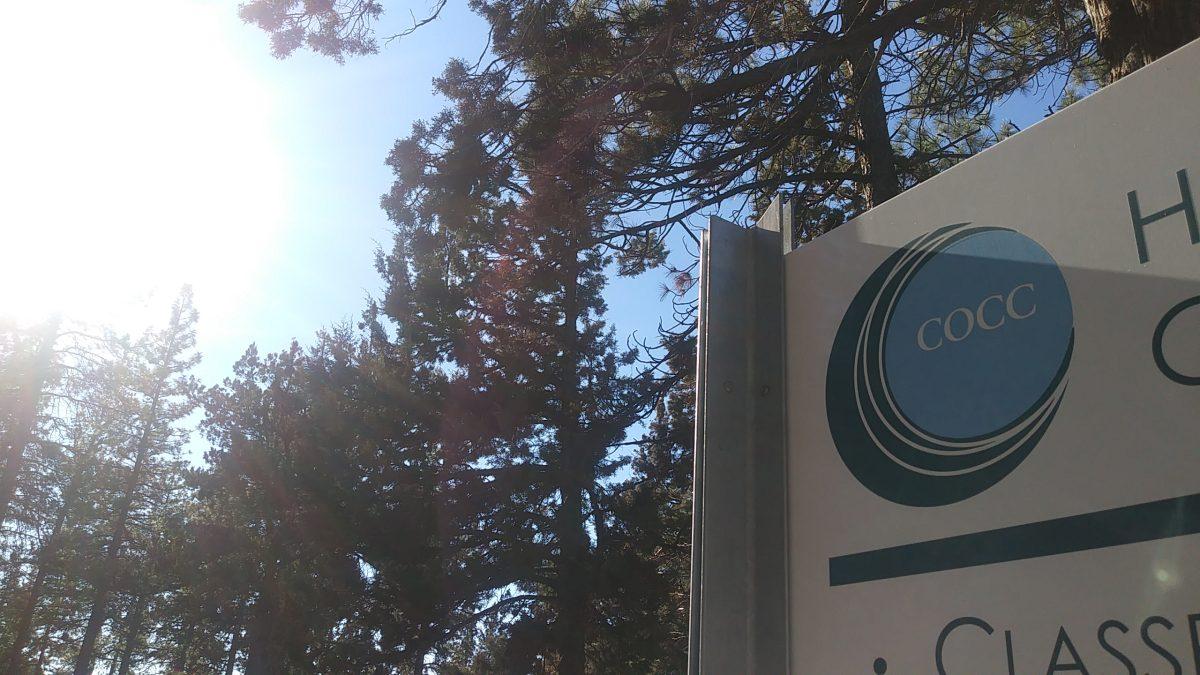As the university expands, the Beavers may experience a demographic shift in enrollment
With an improving economy and upcoming expansion, the student demographic at Oregon State University-Cascades will be changing. In 2013, 53 percent of OSU-Cascades students transferred from Central Oregon Community College, but this number could be decreasing, according to Jane Reynolds, director of Enrollment Services at OSU-Cascades.
“I don’t know if it will stick at over 50 percent [of COCC transfer students],” Reynolds said. “My guess is it’s going to go back to more of the normal 40 percent over the next couple of years.”
Enrollment shifts
In the past, transfer rates from COCC to OSU-Cascades have been around 40 percent. After the recession, part of the working force went back to college, which benefited both COCC and OSU-Cascades, according to Reynolds.
“COCC had spectacular enrollment growth with the recession,” Reynolds said. “That certainly is helping us.”
Now that the demand for work in Oregon is on the rise, COCC’s growth is decreasing. The overall increase of OSU-Cascades students could be another reason for less transfer students.
In fall 2013, 1,111 students were enrolled at OSU-Cascades. That figure included 936 graduate and upper-division students, as well as 175 students dually enrolled at COCC.
As the Sept. 1 deadline approaches, applications to the university are about equal with last year, according to Reynolds. OSU-Cascades expects a wider variety of students after the expansion.
“We’re bringing in more students from out of the area,” Reynolds said. “Some out-of-state students, and then we expect to bring in international students as well.”
COCC’s future role at OSU-Cascades
Although OSU-Cascades does expect a drop in the percentage of COCC transfer students, the partnership between the colleges should remain strong, according to Christine Coffin, the director of Communications and Outreach for OSU-Cascades.
“Over time we’ll be adding freshmen and sophomores who come to OSU-Cascades for a full four-year program,” Coffin said. “We’ll probably see the percentage of students from COCC dropping a little bit, but the numbers will still likely be high.”
OSU-Cascades has maintained a partnership with COCC in natural resources, business, exercise and sport science, energy systems engineering and other areas. Because of close spatial proximity, OSU-Cascades has designed many of their degrees with COCC in mind.
“When we look at building new degrees, one of the main areas we look at is the degrees that COCC offers,” Coffin said.
Despite degree tag-tailing, OSU-Cascades’ proximity should also ensure future COCC transfer students, according to Reynolds. For students with lives, jobs and families, OSU-Cascades might continue to pose an easier education solution than going off to another college.
While the transfer percentage may go down, Reynolds does believe COCC will continue to be an enrollment boost to OSU-Cascades.
“I still expect to see a significant number of our students come from COCC,” Reynolds said.
Junnelle Hogen | The Broadside
(Contact: [email protected])













